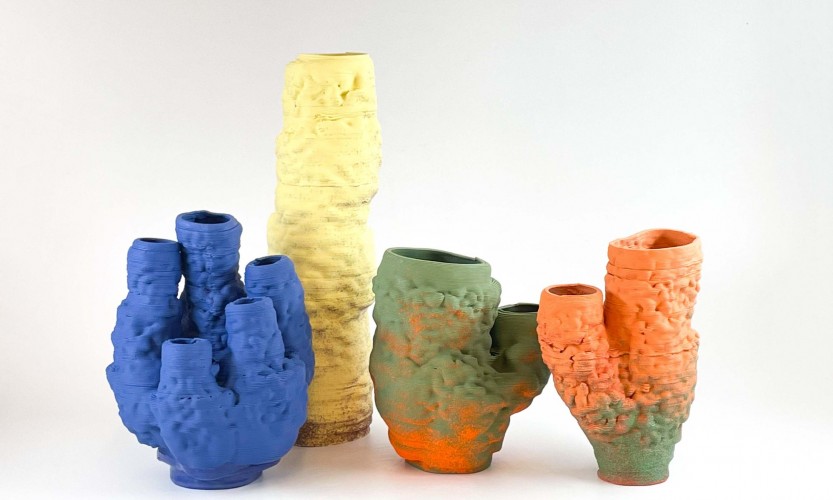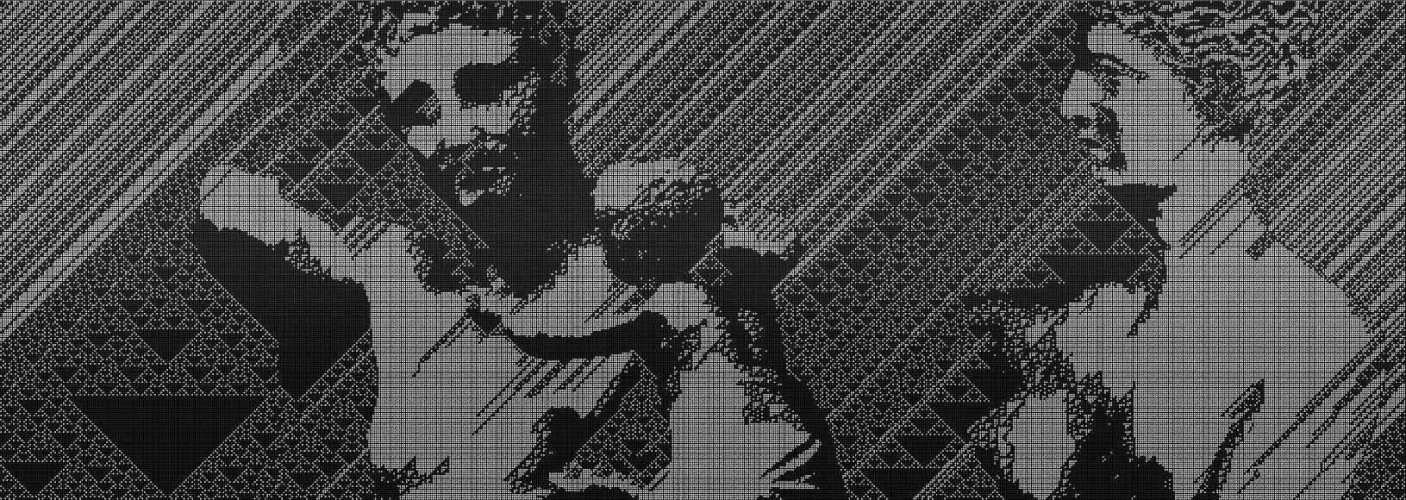Ο πειραματισμός στο design μέσα από το Natural Material Studio
DS.WRITER:
Vasilis Xifaras
Κεντρική Εικόνα: Shellware. Έρευνα & σχεδιασμός σε συνεργασία με το Εστιατόριο Noma & Esben Kaldahl, Κοπεγχάγη 2020. Φωτ: Peter William Vinther
Στην πορεία για την υλοποίηση ενός installation, ενός space ή object design, οι δημιουργοί, εκτός από την έρευνα, βασίζονται και σε μεθόδους σχεδιασμού που συνδυάζουν και άλλους επιστημονικούς τομείς, όπως η βιολογία, η χημεία και η επιστήμη των υλικών. Αποδεικνύοντας ότι από τα παραπάνω μπορούν να προκύψουν σπουδαία δείγματα design, το Natural Material Studio, που δραστηριοποιείται στην Κοπεγχάγη, έχει ήδη πειραματιστεί και δημιουργήσει οικολογικά-environmentally friendly υλικά, απογειώνοντας τις δυνατότητες του φιλικού προς το περιβάλλον design.
Research-based design
Πώς εξερευνώνται όμως αυτές οι δυνατότητες; Οι θεμελιώδεις ιδέες γύρω από τη διαδικασία της εξερεύνησης εμφανίζονται με τον όρο «research-based design». Σύμφωνα με αυτή τη θεωρία, το design προκύπτει μέσα από έρευνα και πραγματικούς πειραματισμούς που αφορούν τη φόρμα, την υλικότητα του αντικειμένου, αλλά ακόμα και το μήνυμα που λαμβάνει ο χρήστης του αντικειμένου ή το concept πίσω από αυτό. Ο σχεδιασμός είναι μια διαρκής διαδικασία, χωρίς αρχή, μέση και τέλος, με μια μη ευθεία πορεία προς το τελικό έργο. Αυτή η πορεία αναμφισβήτητα περνά από συγκεκριμένες φάσεις, οι οποίες είναι: η ανάλυση, η κατανόηση και καταγραφή των συνθηκών που επικρατούν, ο συμμετοχικός σχεδιασμός με επιλεγμένο κοινό, η εξειδίκευση του σχεδιασμού στο εργαστήριο, και τέλος η δοκιμή των πρωτοτύπων σε πραγματικές συνθήκες. Γίνεται κατανοητό ότι το research-based design ασχολείται στενά με την υλικότητα, τη χρηστικότητα, την οικολογία και την τεχνολογία.
Όσον αφορά τον πειραματισμό με τα υλικά, κρίνεται απαραίτητη η γνώση βασικών τεχνικών και σχεδιαστικών χαρακτηριστικών των υλικών, η δημιουργική εκμετάλλευση των χαρακτηριστικών αυτών, καθώς και η μεταξύ τους σύνδεση.
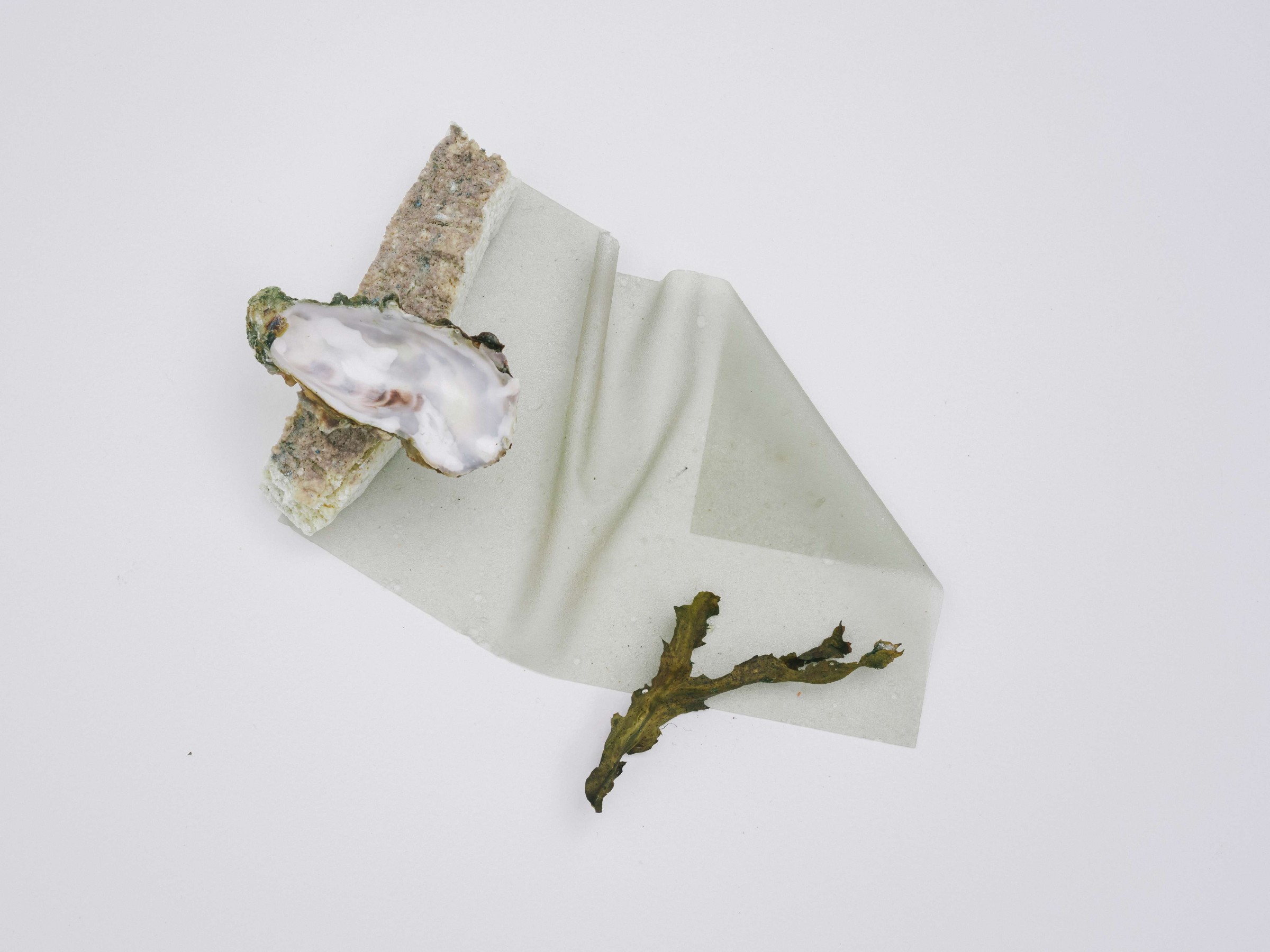
Shellware. Έρευνα & σχεδιασμός σε συνεργασία με το Εστιατόριο Noma & Esben Kaldahl, Κοπεγχάγη 2020. Φωτ: Peter William Vinther
Το λαμπρό παράδειγμα του Natural Material Studio
Όλα όσα αναφέρθηκαν περιγράφουν τις αρχές του Natural Material Studio, το οποίο εξερευνά τις δυνατότητες των υλικών που βρίσκονται παντού στο περιβάλλον, είτε προέρχονται από φυσικούς πόρους είτε από απορρίμματα. Πιστεύοντας στο μοντέλο της κυκλικής οικονομίας, το Δανέζικο studio θεωρεί ότι ύλες που φαίνονται άχρηστες και μολύνουν το περιβάλλον, αλλά και οι φυσικές ύλες που είναι ανεξερεύνητες, μπορούν να χρησιμοποιηθούν σε ένα καινοτόμο design, βοηθώντας ταυτόχρονα στην καταπολέμηση της κλιματικής κρίσης. Η έρευνα όμως δεν περιορίζεται μόνο στην έξυπνη εκμετάλλευση των πόρων αυτών, αλλά και στη βιο-διάσπασή τους. Έτσι, τα αντικείμενα που σχεδιάζει το studio, όταν εκτεθούν στο κατάλληλο περιβάλλον, μπορούν να ανακυκλωθούν πλήρως.
Το έργο του Natural Material Studio κινείται γύρω από τον άξονα της έρευνας, αλλά και τον άξονα του σχεδιασμού. Θεμέλιος λίθος του design, σύμφωνα με την ιδρύτρια, είναι το υλικό, επομένως έτσι προέκυψε το όνομα του studio της. Ακολουθούν μερικές μόνο από τις καινοτόμες ιδέες του Natural Material Studio:
Alger
Πρόκειται για μια εξελισσόμενη μελέτη 2+ χρόνων πάνω στις δυνατότητες της άλγης. Αυτό το φύκι, όπως έχουν αποδείξει μελέτες κι άλλων σχεδιαστών στο εξωτερικό, λειτουργεί σαν ένας ζωντανός οργανισμός που εκπέμπει οξυγόνο. Λόγω των χαρακτηριστικών του, μπορεί να παραγάγει ένα βιο-πολυμερές, και άρα να χρησιμοποιηθεί στη θέση του κοινού πλαστικού, ενώ μπορεί επίσης να μετατραπεί σε ύφασμα αλλά και φυσική βαφή. Αυτές τις δυο τελευταίες ικανότητες της άλγης εξερευνά το Natural Material Studio. Μάλιστα, την έχουν ήδη χρησιμοποιήσει σε κουρτίνες αλλά και ρούχα που λάνσαραν σε πρόσφατο installation για το Frama.
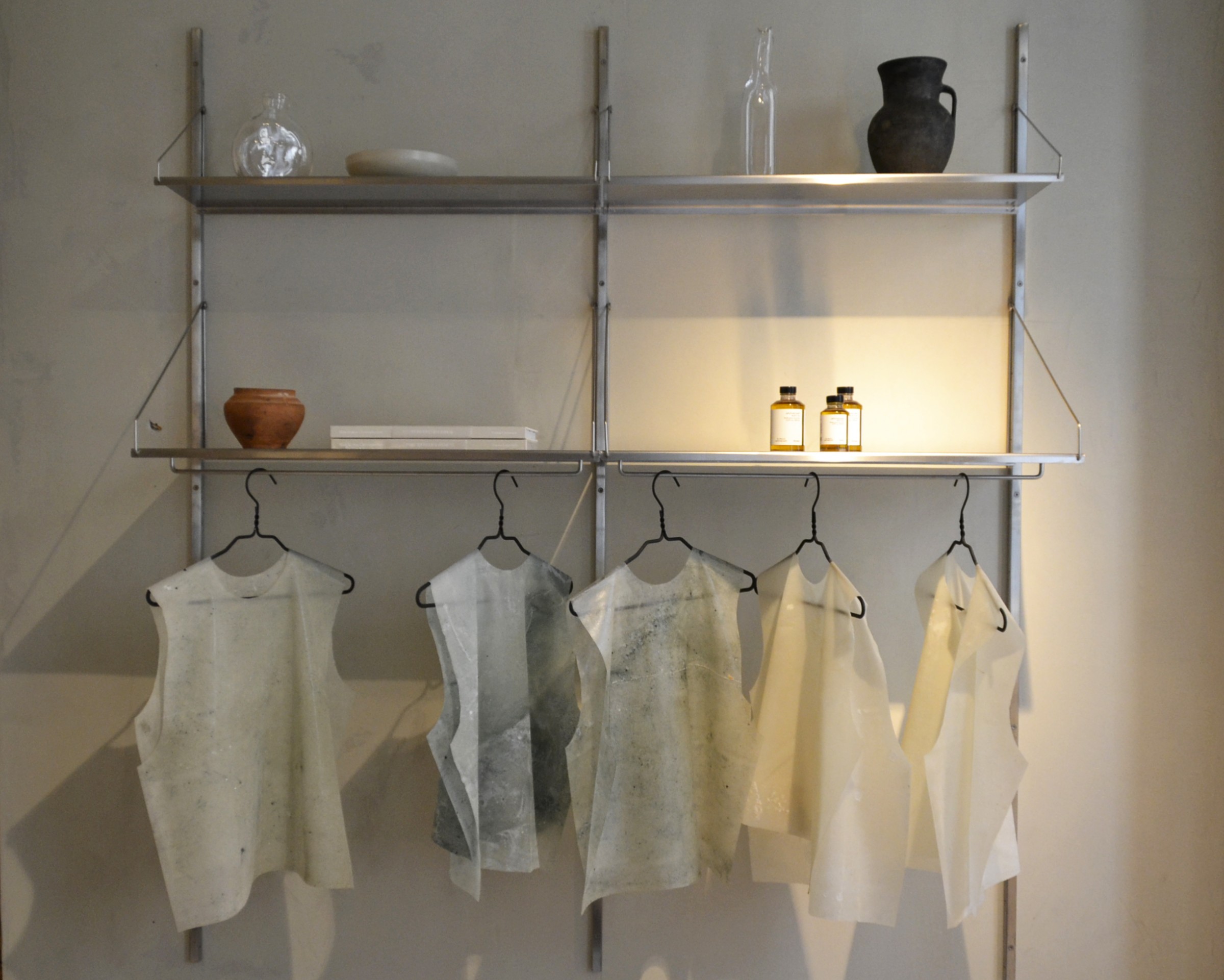

Installation του υλικού στο Frama Studio Store, 3 Days of Design, Κοπεγχάγη, 2021
Pinel
Αναγνωρίζοντας την ανάγκη για περαιτέρω εξερεύνηση vegan αλλά και φυσικών βιοδιασπώμενων δερμάτων, το studio εξετάζει από το 2019 τις δυνατότητες των πευκοβελόνων. Είναι ένα υλικό που υπάρχει παντού, και, ειδικά μετά τα Χριστούγεννα, συναντάται ευρέως σε όλα τα γιορτινά δέντρα που καταλήγουν στα αζήτητα. Το δέρμα από τις βελόνες κατασκευάζεται σε επιφάνειες κάθε μεγέθους και πάχους, και κανείς μπορεί να το διαχειριστεί σαν ένα κομμάτι ξύλο. Για την παραγωγή του Pinel, βέβαια, απαιτείται το πέρασμα μέσα από διαδοχικά στάδια επεξεργασίας της βελόνας, από τη συλλογή στη διάσπαση της ίνας, τη χύτευση και το στέγνωμα.
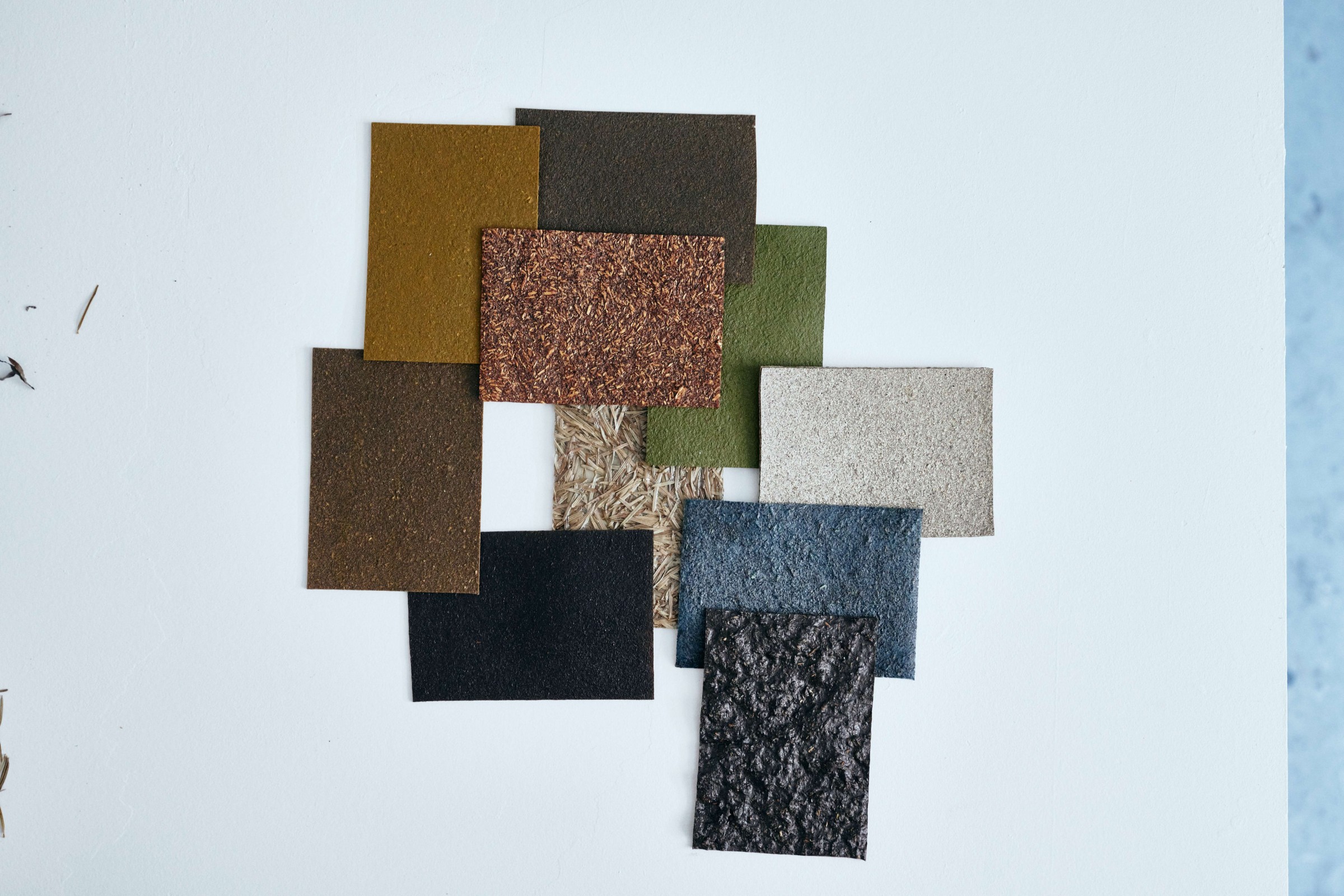
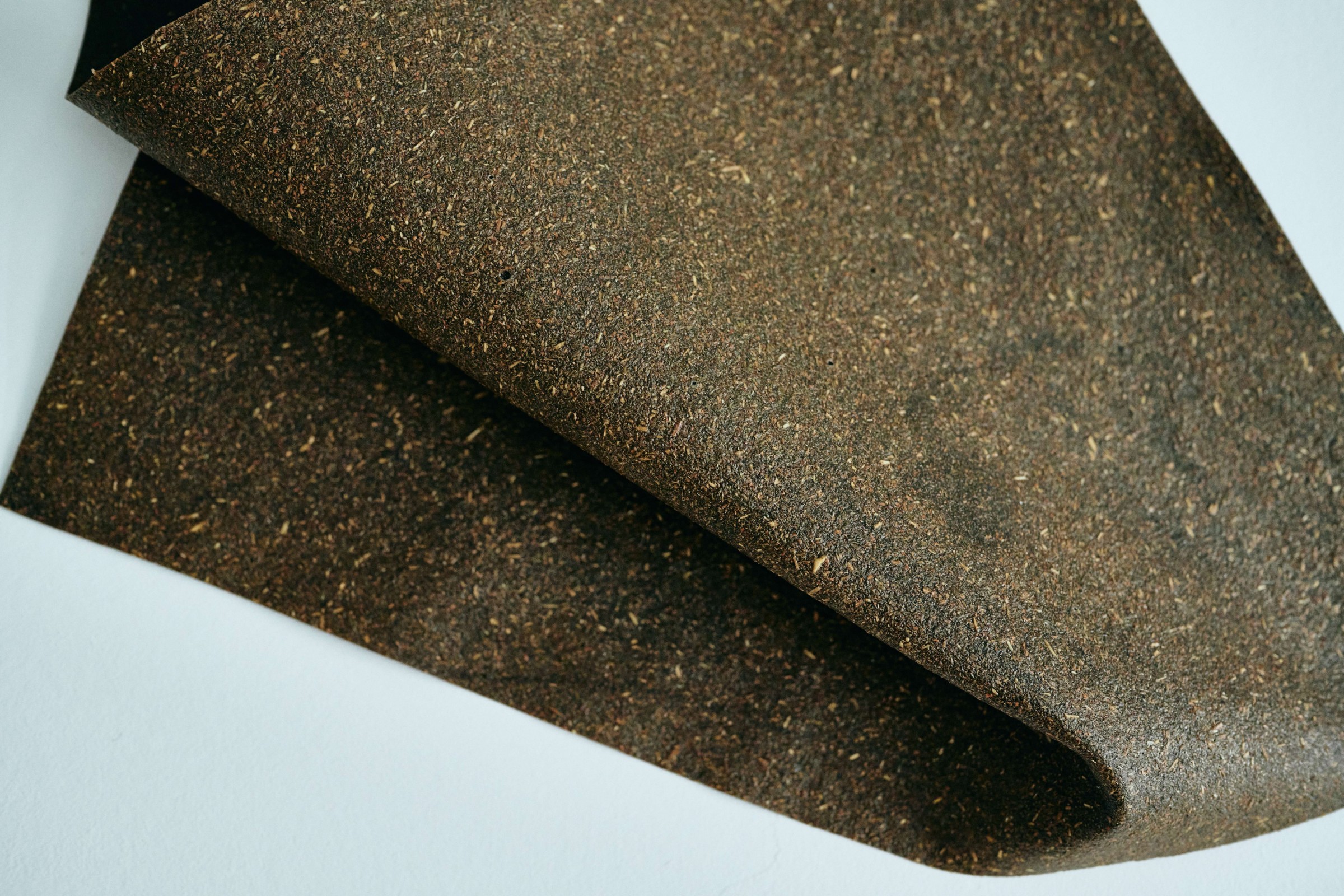
Pinel, Ανάπτυξη υλικού σε συνεργασία με το Danish Technological Institute & Danske Juletræer organisation, Κοπεγχάγη, 2019 - σήμερα. Φωτ: Lars Hauschildt
A charcoal collection
Στον τομέα της μόδας, το Δανέζικο studio σε συνεργασία με τη σχεδιάστρια Stephanie Moscall-Varey, ανακάλυψαν ένα νέο υλικό βασισμένο στο κάρβουνο. Το απαλό, μαύρο, λείο και ευλύγιστο ύφασμα είναι ενεργό, δηλαδή απορροφά διοξείδιο του άνθρακα, ενώ ταυτόχρονα τηρεί τις προδιαγραφές που έχει θέσει το Natural Material Studio για βιοδιασπώμενα, οικολογικά και ανθεκτικά designs. Το στοίχημα για αυτό το project είναι το να καταδείξει ότι η μόδα μπορεί να βρει την αισθητική της μέσω των φυσικών υλικών.
.jpg)
Έρευνα υλικού, concept, σχεδιασμός & εφοδιασμός για το Moskal Design, AW20 συλλογή 'PITBROW', Λονδίνο-Κοπεγχάγη, 2019-2020. Φωτ: NMS/Moskal
Οι καινοτομίες, όμως, επεκτείνονται και στην κλίμακα του αντικειμένου. Ξύλινα τραπεζάκια από ανακυκλωμένα υλικά βιομηχανιών, καθίσματα με αφρό από κηρήθρες, καθώς και πηλός από κοχύλια, είναι μερικά από τα design που μας κέντρισαν το ενδιαφέρον. Για να μάθουμε περισσότερα, μιλήσαμε με το Natural Material Studio και την Bonnie Hvillum.
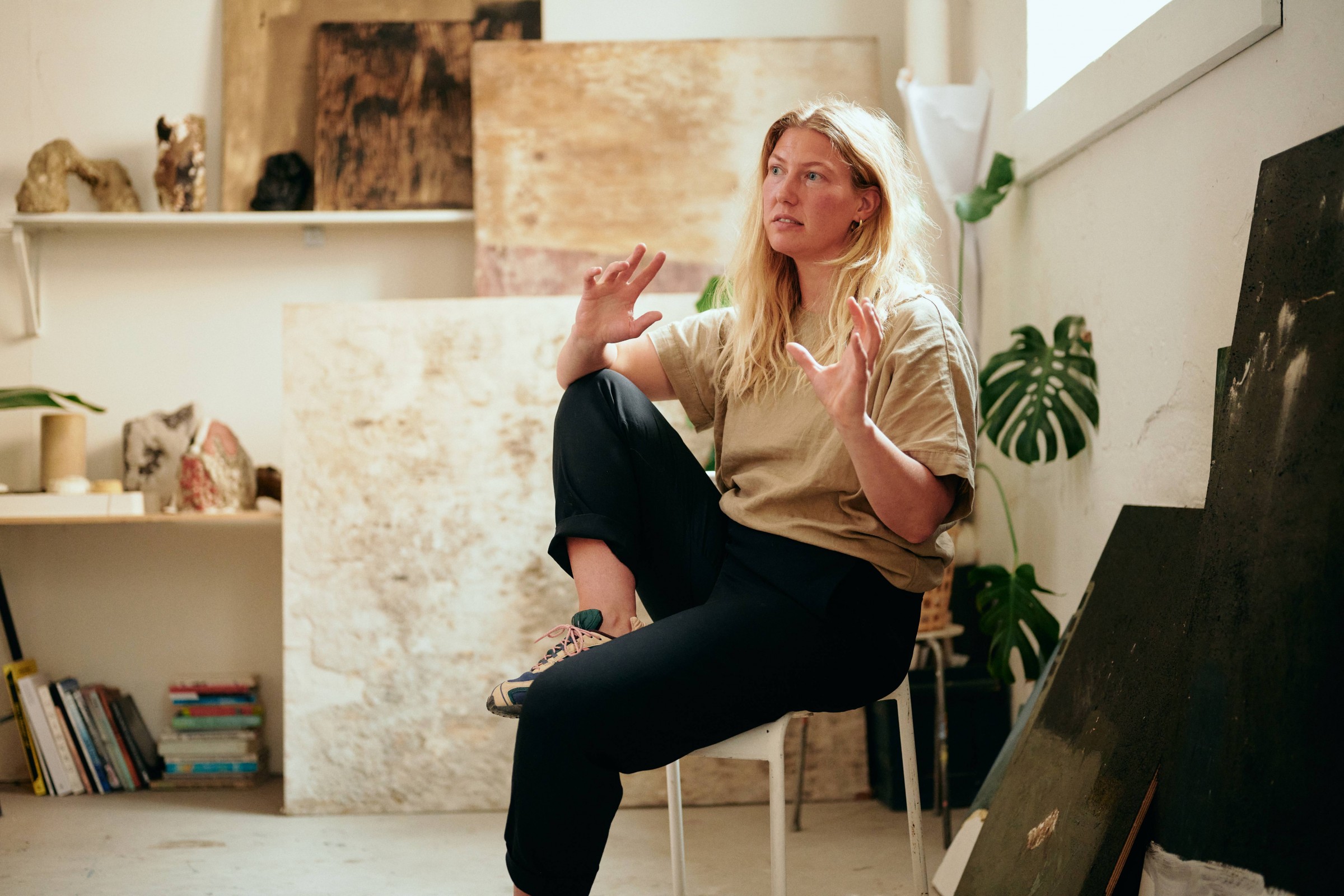
Φωτ: Lars Hauschildt
-Υπάρχει, άραγε, περιορισμός στα φυσικά υλικά που μπορούν να χρησιμοποιηθούν ως πρώτες ύλες, και αν ναι, σύμφωνα με τι κριτήρια απορρίπτονται κάποια υλικά;
Αυτή είναι μια πάρα πολύ καλή ερώτηση! Προσωπικά, πιστεύω πως μπορούμε να εντοπίσουμε πιθανές ποιότητες και ιδιότητες σε όλων των ειδών τα φυσικά υλικά, και νομίζω πως η λιγότερο προφανής επιλογή είναι μερικές φορές αυτή που οδηγεί στα πιο αναπάντεχα αποτελέσματα. Το να δουλεύεις από και με τη φύση μπορεί να θεωρηθεί πολυσύνθετη πρόκληση, αλλά, όταν προσεγγίζεται με ένα παιχνιδιάρικο, αφελές και αρχάριο μυαλό, μπορεί να λειτουργήσει ως ένας εξαιρετικός σχεδιαστικός περιορισμός.
-Είναι η σημερινή αγορά του design ανοιχτή σε τέτοιους πειραματισμούς;
Νομίζω εξαρτάται από το σε ποιες αγορές και σε ποιους ανθρώπους στρεφόμαστε. Υπάρχει μια αγορά για όλα, απλά κάποιες αγορές είναι πιο εξειδικευμένες από άλλες. Η αγορά για το εννοιολογικό και πειραματικό design μεγεθύνεται, καθώς υπάρχει όλο και μεγαλύτερη κατανόηση πως η μετάβαση από τις πρώιμες εφευρέσεις στην εμπορευματοποίηση είναι μια φυσική κατάσταση.
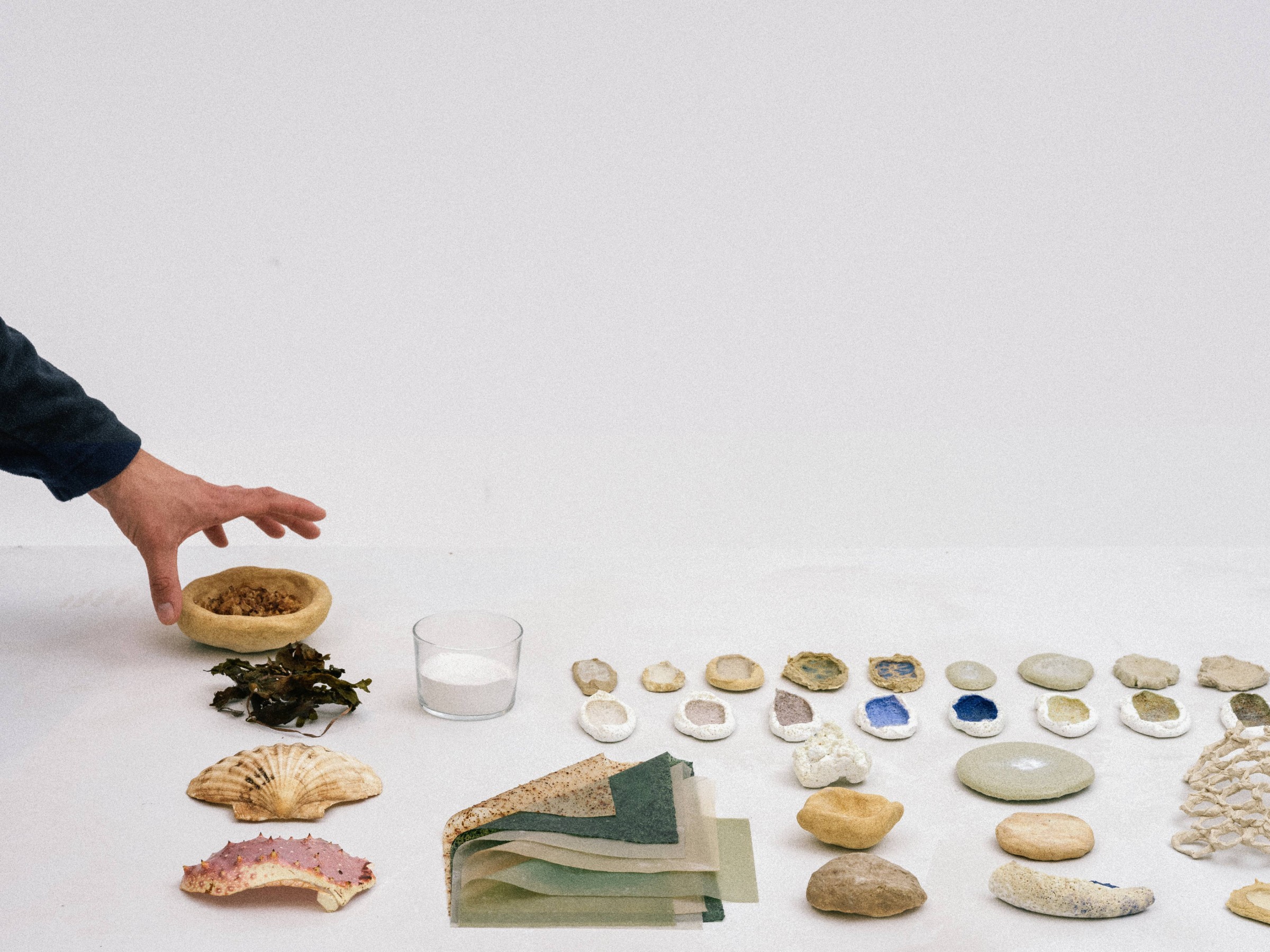
Shellware. Έρευνα & σχεδιασμός σε συνεργασία με το Εστιατόριο Noma & Esben Kaldahl, Κοπεγχάγη 2020. Φωτ: Peter William Vinther
-Πώς θα περιγράφατε τη διαδικασία σχεδιασμού που ακολουθείτε;
Η διαδικασία που ακολουθώ ξεκινάει από την περιέργεια για μια ανεξερεύνητη και αχρησιμοποίητη ύλη. Στη συνέχεια, προχωράω σε μια σχεδιαστική διαδικασία οδηγούμενη από το ίδιο το υλικό και με πειραματική διάθεση, εξερευνώντας τις αισθητικές ποιότητες καθώς και τις τεχνικές δυνατότητες και τους περιορισμούς της ύλης. Από εκεί και έπειτα ακολουθεί μια διερεύνηση της φόρμας, του αφηγήματος και του concept, βασιζόμενη στα πρώτα ευρήματα.
-Σε ποιους άλλους τομείς θεωρείτε ότι θα μπορούσαν να εφαρμοστούν οι ανακαλύψεις σας; Τι να περιμένουμε από εσάς στο μέλλον;
Δε θεωρώ ότι η δουλειά μου, τα υλικά μου, το όραμα και το ενδιαφέρον μου περιορίζονται σε συγκεκριμένους τομείς του design. Οι σκέψεις μου εκτείνονται σε concept επίπλων, ρουχισμό, αρχιτεκτονική, εγκαταστάσεις, γλυπτική και ακόμα παραπέρα. Το κλειδί για εμένα είναι οι ιστορίες και οι δυνατότητες που κρύβουν μέσα τους τα υλικά, και η τοποθέτηση αυτών των αφηγημάτων σε κοινωνικό, πολιτικό, ιστορικό και μελλοντικό πλαίσιο.
-Πώς θα παροτρύνατε κάποιον να αρχίσει να παράγει design μέσα από ενδελεχή έρευνα και πειραματισμούς;
Θα τον παρότρυνα να μην δουλεύει πολύ ενδελεχώς! Όλη η ουσία είναι να μένεις εξερευνητικός και να αφήνεις τα υλικά να ωθούν τη διαδικασία. Να είσαι ανοιχτός, θερμός και να αποδέχεσαι τα ευρήματα που θα σε βρουν.
Ευχαριστούμε την Bonnie Hvillum από την Κοπεγχάγη για αυτή τη συνέντευξη. Για περισσότερες πληροφορίες πάνω στα project του Natural Material Studio, επισκεφθείτε το naturalmaterialstudio.com.
https://lampoonmagazine.com/article/2021/12/07/natural-material-studio-bonnie-hvillum/




.jpg)
